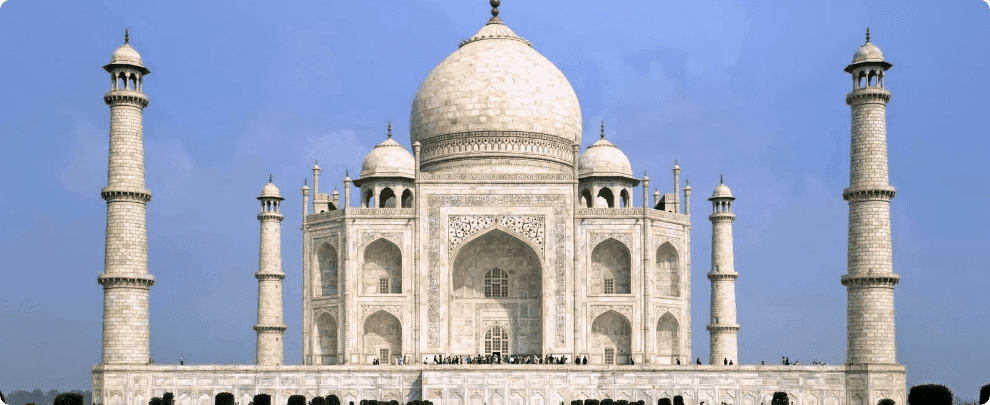
Agra, situated in the northern part of India in the state of Uttar Pradesh, is a city steeped in history, culture, and architectural marvels. Renowned as a Mughal stronghold, Agra's significance is primarily attributed to its exquisite monuments from that era.
Taj Mahal: The crown jewel of Agra and an emblem of eternal love, the Taj Mahal is a breathtaking white marble mausoleum built by Emperor Shah Jahan for his beloved wife Mumtaz Mahal. Its intricate inlay work, symmetrical design, and reflection in the surrounding pools make it a symbol of architectural and romantic perfection.
Agra Fort: This UNESCO World Heritage Site is a majestic fortress encompassing palaces, courtyards, and intricate architecture. Originally a military structure, it was transformed into a royal residence by Emperor Akbar. The fort's colossal walls house beautiful pavilions and the Jahangir Mahal, offering a glimpse into the opulence of the Mughal era.
Fatehpur Sikri: Just outside Agra lies this abandoned city, built by Emperor Akbar. Its stunning red sandstone buildings, like the Buland Darwaza and Panch Mahal, showcase Mughal architecture and Akbar's vision of harmony between different cultures.
Itimad-ud-Daulah: Often referred to as the "Baby Taj," this tomb is an architectural gem showcasing delicate marble inlay work and a precursor to the Taj Mahal's design.
Mehtab Bagh: This garden on the opposite bank of the Yamuna River offers breathtaking views of the Taj Mahal, making it a favored spot for photographers and visitors seeking a different perspective.
Book Now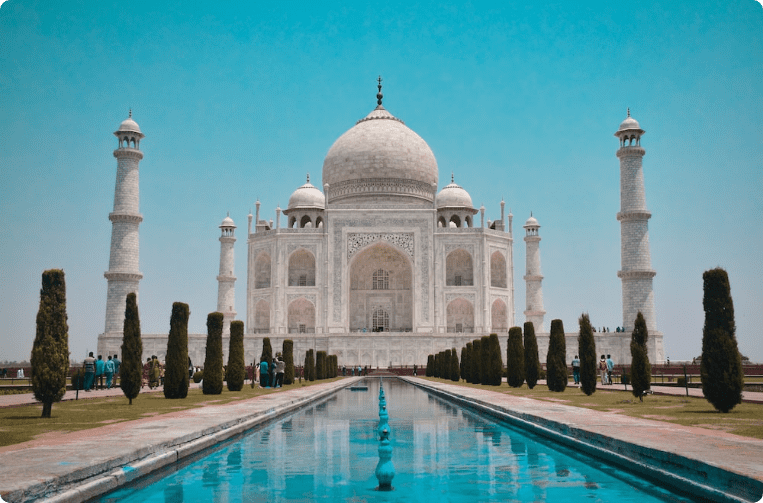
The Taj Mahal, an iconic marble mausoleum in Agra, India, is a symbol of eternal love. Built by Emperor Shah Jahan in memory of his wife Mumtaz Mahal, its flawless symmetry, intricate carvings, and gleaming white marble make it a masterpiece. A UNESCO World Heritage Site, it's a testament to Mughal architecture and a timeless testament to love's power.
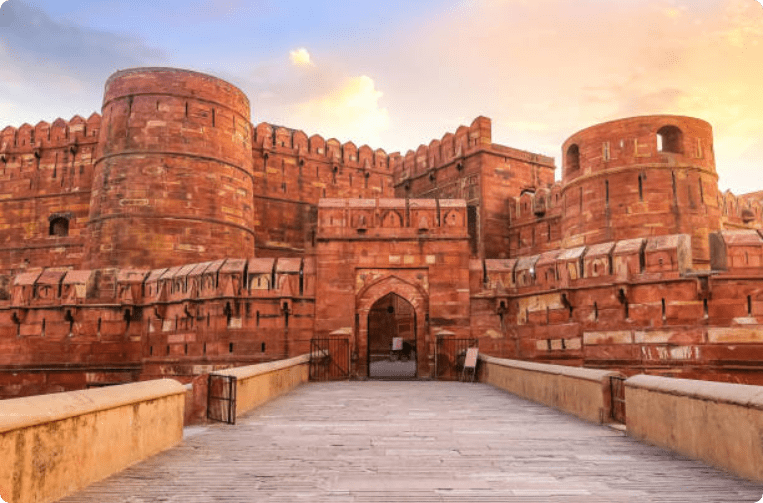
Agra Fort, a UNESCO World Heritage Site in Agra, India, is a historic stronghold. Built by Emperor Akbar, its imposing walls enclose palaces, courtyards, and architectural wonders. The fort's intricate design showcases Mughal grandeur, with structures like Jahangir Mahal and Diwan-i-Khas highlighting the empire's opulence and strategic significance during its reign.
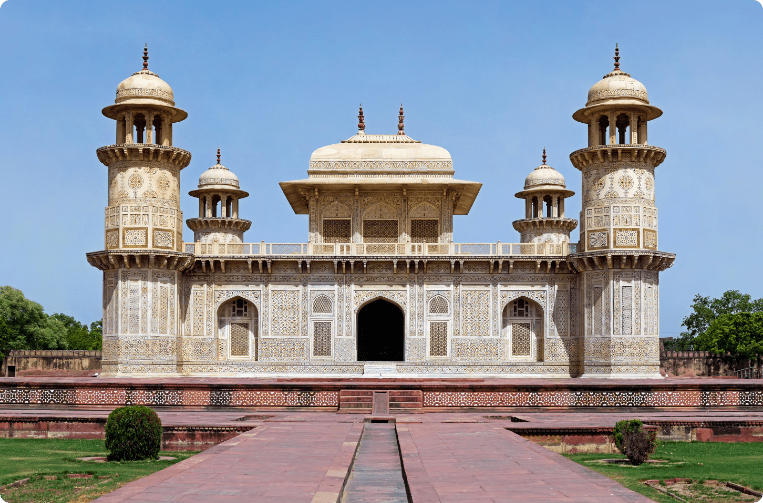
Itmad-ud-Daulah, also known as the "Baby Taj," is a Mughal mausoleum in Agra, India. Built between 1622 and 1628, it is often regarded as a precursor to the Taj Mahal. Commissioned by Nur Jahan, the wife of Emperor Jahangir, it is renowned for its intricate marble inlay work and delicate design, showcasing exquisite craftsmanship of the Mughal era.

Mehtab Bagh, situated across the Yamuna River from the Taj Mahal in Agra, is a charbagh-style garden complex. It offers a splendid view of the Taj Mahal, making it a popular spot for visitors. Built by Emperor Babur's son, the garden provides a serene ambiance with its well-planned pathways and lush greenery, creating an ideal setting to appreciate the Taj Mahal's beauty from afar.
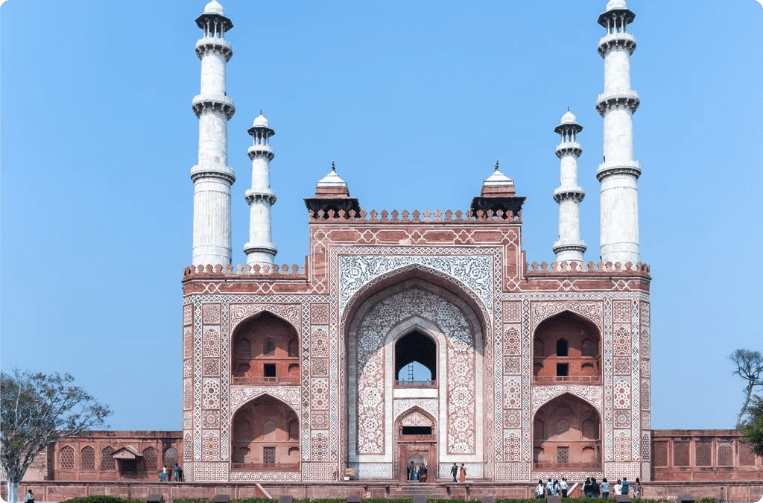
The Tomb of Akbar the Great is a grand mausoleum located in Sikandra, near Agra, India. Constructed in the late 16th century, it's a blend of Mughal and Persian architectural styles. This monumental structure houses the tomb of Emperor Akbar, known for his visionary rule. The intricate detailing and majestic design reflect the cultural richness of the Mughal era.
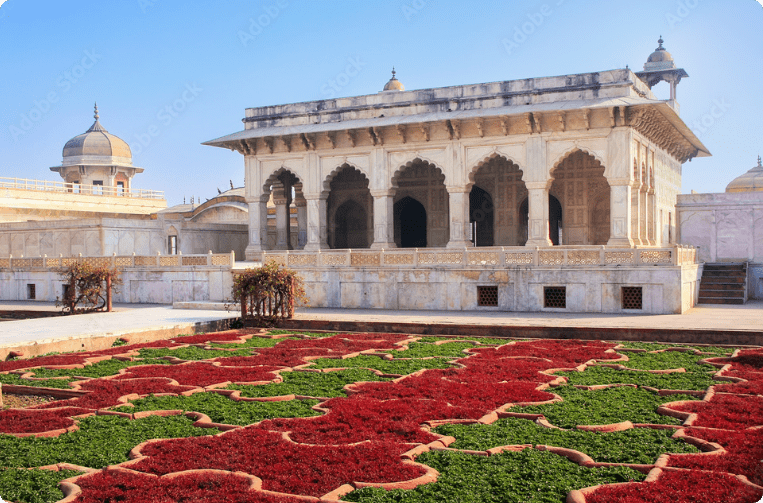
The Shree Parshuram Mahadev Cave Main Temple in Kumbhalgarh, Rajasthan, is a revered shrine. Nestled in a natural cave, it houses an ancient idol of Lord Shiva. This sacred site, enveloped by serene surroundings, draws pilgrims and tourists seeking spiritual solace. The temple's unique location and historical significance contribute to the spiritual aura of Kumbhalgarh.
To Book Your Taxi Call On :- 9256493228 , 8890923228, 9257493228

Copyright @ 2024 Kunal Cab. All Rights Reserved.